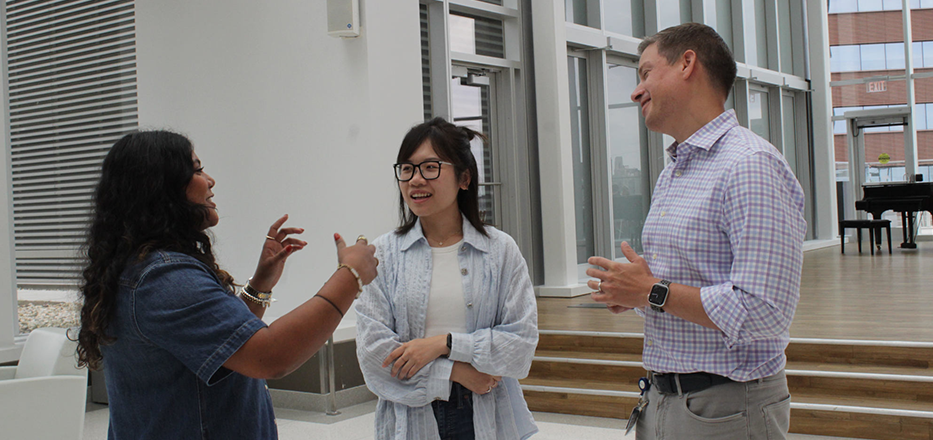
In a recent feature on nudge theory published by Undark, M. Kit Delgado, MD, MS, Associate Professor of Emergency Medicine and Epidemiology, shared insights into how behavioral science is being applied to transform health care decision-making.
A “nudge” involves subtly altering how choices are presented to encourage better decisions. These nudges make the “right” choice easier, whether it’s offering smaller plates at buffets to reduce food waste or sending text reminders to patients about upcoming appointments.
As the Faculty Director of the Penn Medicine Nudge Unit—the world’s first behavioral design team embedded within a health care system—Dr. Delgado leads pioneering efforts to bring the power of behavioral science into clinical settings. The unit was founded on the idea, as Dr. Delgado put it, that “there’s no reason why we can’t be doing this in the health care system,” following the success of nudge theory in public policy.
The Nudge Unit actively collaborates with hospital clinicians, inviting them to propose projects where nudges could improve outcomes. Proposals are evaluated based on factors like potential health impact, feasibility, and the ability to advance health equity. If a proposal shows promise, the team works alongside clinicians to implement it. Since its founding in 2016, the unit has completed 46 projects, with four more underway. These projects have targeted issues such as reducing opioid prescriptions and improving the use of cholesterol-lowering statins. Remarkably, nearly 90 percent of implemented nudges have yielded statistically significant improvements.
In the Undark article, Dr. Delgado explained how the most successful nudges often engage both clinicians and patients. For example, a recent initiative to increase statin prescriptions for high-risk patients used a dual-nudge strategy: patients received text reminders before their appointments, while the electronic health record (EHR) system prompted primary care doctors about statin prescription rates. The result? A 0.9 percentage point increase in prescriptions from patient nudges alone, and a 5.5 percentage point boost from doctor-focused nudges. Combined, the interventions improved prescription rates by over 7 percentage points.
“Some of our most successful interventions have focused on making the right thing the easy or default choice,” Dr. Delgado noted. He emphasized that modifying the EHR, where decisions are made, can ensure optimal choices happen naturally. “You don’t have to prompt people or motivate them—it just happens because the environment is set up that way,” he explained.